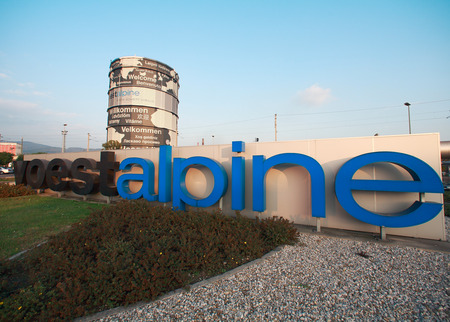“We anticipate that the situation will ease up significantly in the course of the year, especially since the price increases in the steel contract business, which have already been agreed upon, will now be gradually taking effect,” Eder continues. “Additionally, the oil and natural gas sector should be improving toward the end of the business year as necessary investments are expected.”
Compared to the first quarter of 2015/16, the first quarter of 2016/17 saw a decline in revenue of 7.6%, going from around EUR 3 billion to just under EUR 2.8 billion due to deteriorating demand in the oil and natural gas sector that became increasingly apparent in the course of the year and, most recently, due to the delay in price increases taking effect in the steel contract business. In terms of earnings, non-recurring effects stemming from changes in consolidation in the Metal Engineering Division in the first quarter of the previous year resulted in extraordinary increases in EBITDA and EBIT. On this basis, a comparison of the earnings would be as follows: EBITDA down by 36.6% from EUR 527 million to EUR 334 million; EBIT declines by 54.5% from EUR 368 million to EUR 168 million.
The informative value of the figures is greater when the figures are adjusted for the non-recurring effects, presenting a much less dramatic picture even though they reflect the much more challenging economic environment and its effects on the development of the Group’s earnings. In a year-to-year comparison of the first quarter, adjusted EBITDA fell by 14.2% from EUR 389 million to EUR 334 million, and adjusted EBIT declined by 27.6% from EUR 237 million to EUR 172 million. In addition to temporary negative operational effects in the steel sector (delayed effect of price increases in the contract business compared to the spot market with its up-to-the-minute pricing), other non-recurring effects in the Steel Division must be taken into account in the first quarter of the business year 2016/17. On the one hand, these effects result from costs for the run-up of the new direct reduction plant in Texas and on the other, they are due to the fact that operation of blast furnace 5 in Linz, which had been extensively renovated in the last business year, had to be scaled down in order to adjust the coal injection system. Furthermore, changes in the interest rates in the valuation of employee benefits resulted in negative effects in both income and—to a much greater extent—in equity. This was the reason for the increase in the gearing ratio (net financial debt in percent of equity) from 53.4% in the previous year (or from 54.5% as of the reporting date of March 31, 2016) to 55.9% as of June 30, 2016. The workforce remained practically constant at 48,319 employees (FTE), with only a marginal decline of −0.7%.


